Home » Gear Reviews » Ski & Snow » Skis » All Mountain Skis » Women's All Mountain Skis » K2 Alluvit 88
K2 Alluvit 88 Review
January 12, 2018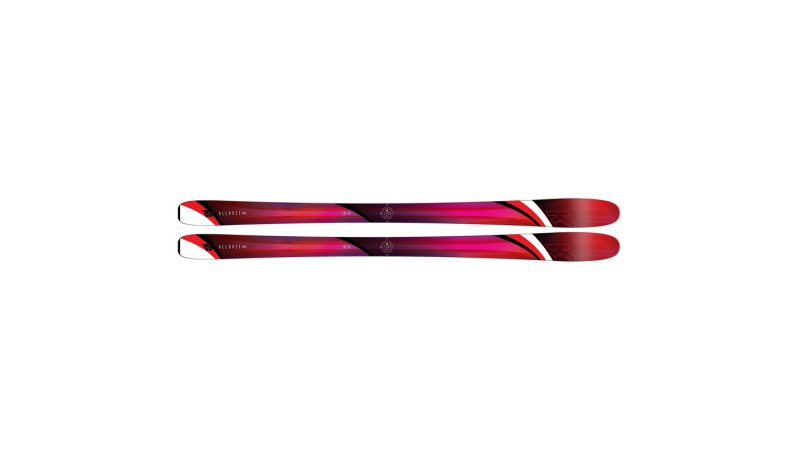
 83
83 The Good
- Predictable and easy to use
- Moves through slush and crud without hesitation
- Skis wider than its 88 mm waist, but carves decent
- Best in soft snow
The Bad
- Not for a powerhouse
- Loses stability in steep hardpack conditions
- Less frontside performance, more freeride
It’s not by chance that K2’s “all-of-it” play on words was chosen for the Alluvit 88 – it’s a versatile, all-mountain ski with a fun, freeride personality. “This is a simple, supple, easy-flexing ski that will save your legs if you go all day,” says one tester. Other testers called the 88-mm-waisted ski “friendly,” “fun” and “forgiving.” The Alluvit 88’s predictable and forgiving personality suits intermediate through advanced skiers, though testers felt that aggressive, expert skiers may overpower the ski. Testers noted that the ski loses stability on steep, icy slopes. In terms of scores, the Alluvit 88 received its highest for Carving and Stability; lower for Responsiveness and Float, though still earning average to high overall scores.
As with other K2 freeride models, the Alluvit 88’s construction focuses on reduced weight as well performance. The BioFlex Konic Technology includes a women-specific “Bioflex” wood blend of aspen and paulownia in the core, placed along the perimeter of ski, with low-density Nanolite composite material running through the center. The intended result is a light, lively and predictable feel. A sheet of Titanal is placed above and below the core, with K2’s Triaxally Braided strands of interlocked fiberglass for torsional stiffness and easy flex. The all-terrain rocker means a gradual tip rise (and less effective edge), with sidewall construction underfoot combined with a weight-reducing full cap construction in the tip and tail.
Some testers liked the high fun factor of the ski, but noted a damp feeling. Though a fine carver, the ski lacks rebound energy out of the turn as well as edge grip on steep slopes and in icy conditions. Testers felt that aggressive, expert skiers could overpower the skis. They did not call the ski “soft” or “light,” but instead called it “forgiving,” though not meaty enough for extreme slopes. The BioFlex Konic and Nanolite technologies reduce the core’s weight by 5 percent (according to K2), but two sheets of titanium add dampness. Camber and traditional sidewalls under the foot add frontside performance, but only to a point. The slow rise tip and cap construction do allow the ski to pivot and float in soft snow, and the testers noted that the ski feels wider than its 88 mm footprint.
Responsiveness
The Alluvit 88 received fair scores for Responsiveness. Testers said the ski was “predictable and easy to use,” however, it also felt too damp to some, who wished it could be more aggressive and responsive. The 88-mm-waisted ski felt wider than its sub-90 waist width, which increased all-mountain prowess, but decreased frontside performance and rebound energy.
Stability
Testers gave the Alluvit 88 fair scores for Stability, mainly citing its lack of stability on the steeps and on hardpack conditions. Stability was not a concern in soft snow on intermediate slopes, where testers say the ski instills confidence because of predictability and easy maneuverability.
Resort Float
The Alluvit 88 received average to good marks for Resort Float, and testers said the ski shines best in soft snow (though not big powder days, where the 88 mm waist is simply too narrow). The gradual tip rise and lightweight construction add versatility in snow and crud conditions as well as the ability to pivot without aggressive edge hold.
Versatility
Though the Alluvit 88 has less frontside performance and more freeride personality, testers praised the ski’s versatility. “This ski seems wider than its width but still carves well,” said one tester. “It’s for most ski conditions and terrain selections, appropriate for a one-ski quiver for the East and an everyday ride for the West.”
Carving
The Alluvit 88 received its highest ratings for Carving. Testers felt it was an easy-to-flex ski and “fun and willing to turn,” according to one tester. The one weakness, however, is a lack of edge grip and stability on steep, icy runs. Aggressive skiers who look for rebound energy and full-length edge grip won’t find that here: Traditional sidewalls and camber underfoot do provide edge grip for most slopes and conditions, but when the going gets steeper, the cap construction and gradual tip rise provide easy handling and not bite.
The Gear Institute Women’s Ski test took place over three days at Snowbird, Utah, in March of 2018. Six female testers skied each of the skis in the test and completed a detailed test card after each test run. Testers ranged from Olympians, to former racers and coaches to ski instructors and skiers who prefer backcountry/off-piste conditions. Categories were concluded on the same day so that skis were tested during similar conditions and on the same terrain. An in-depth look into construction and performance of the skis took place in Vail, CO, during a December industry event where testers skied on all test skis under similar conditions.
Testers were instructed to view each ski as a “Tabula Rasa,” or blank slate. Test cards included initial rankings of Favorite, Excellent, Good and Awful. Testers were asked to list three things they both liked and disliked about each ski as well as answering the question, “Who is the ideal customer?” Lastly, testers rated the criteria in terms of best to worst in the following mini-categories; Responsiveness, Stability, Float, Carving and Versatility.
Krista Crabtree
- SkiingPassionate about women’s ski camps and women-specific gear, Krista organizes women’s ski programs at Eldora and Vail, including her own camp called She Skis. A former editor at SKI Magazine, she currently runs the ski test for OnTheSnow.com.










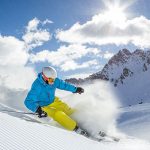
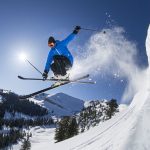
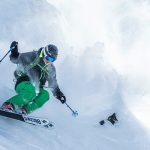
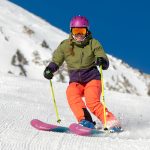

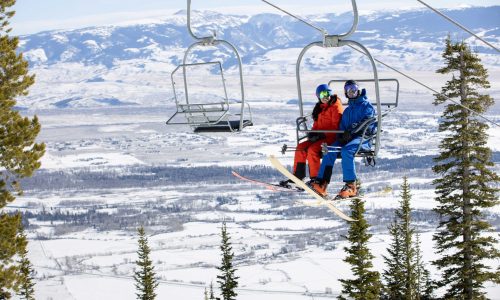
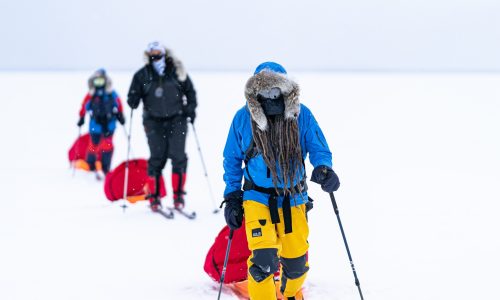
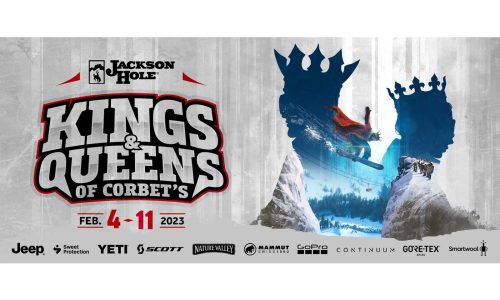
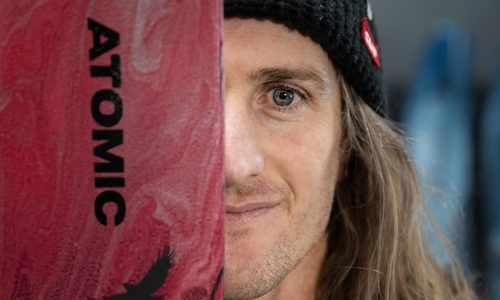


No reviews have been posted for this product.
Use this gear?
Join Gear Nation and leave a review!
Create an Account